A TAMAYO BURIAL
On Saturday, August 10, 2013 we buried a reproduction of a pre-Hispanic artifact made by Eduardo Abaroa for the exhibition There Are Other Routes Than Ours on view at the Museo Rufino Tamayo in Mexico City. The burial occurred just outside of the museum, but visible from inside through a large north-facing picture window at the back of the museum. A highly durable epoxy resin reproduction of an Aztec tripod bowl was produced specifically for this project. The buried object is an extension of Abaroa’s project Three Examples of Cultural Reproduction (2013) and highlights “the play of forces between the museum’s interior and exterior realities,” as detailed by curator Willy Kautz in the exhibition catalog.
The exhibition text for There Are Other Routes Than Ours draws prominently from the writing of art theorist Boris Groys and his analysis of artworks transformed by the framework of the museum:
“Even if the material existence of an individual artwork is guaranteed for a certain length of time, the status of this artwork as artwork always depends on the context of its presentation as a part of the museum collection. But it is extremely difficult—actually impossible—to stabilize this context over a long period of time. This is, perhaps, the true paradox of the museum: the museum collection serves the preservation of artifacts, but the collection itself is always extremely unstable, constantly changing and in flux.”
Boris Groys, On the New
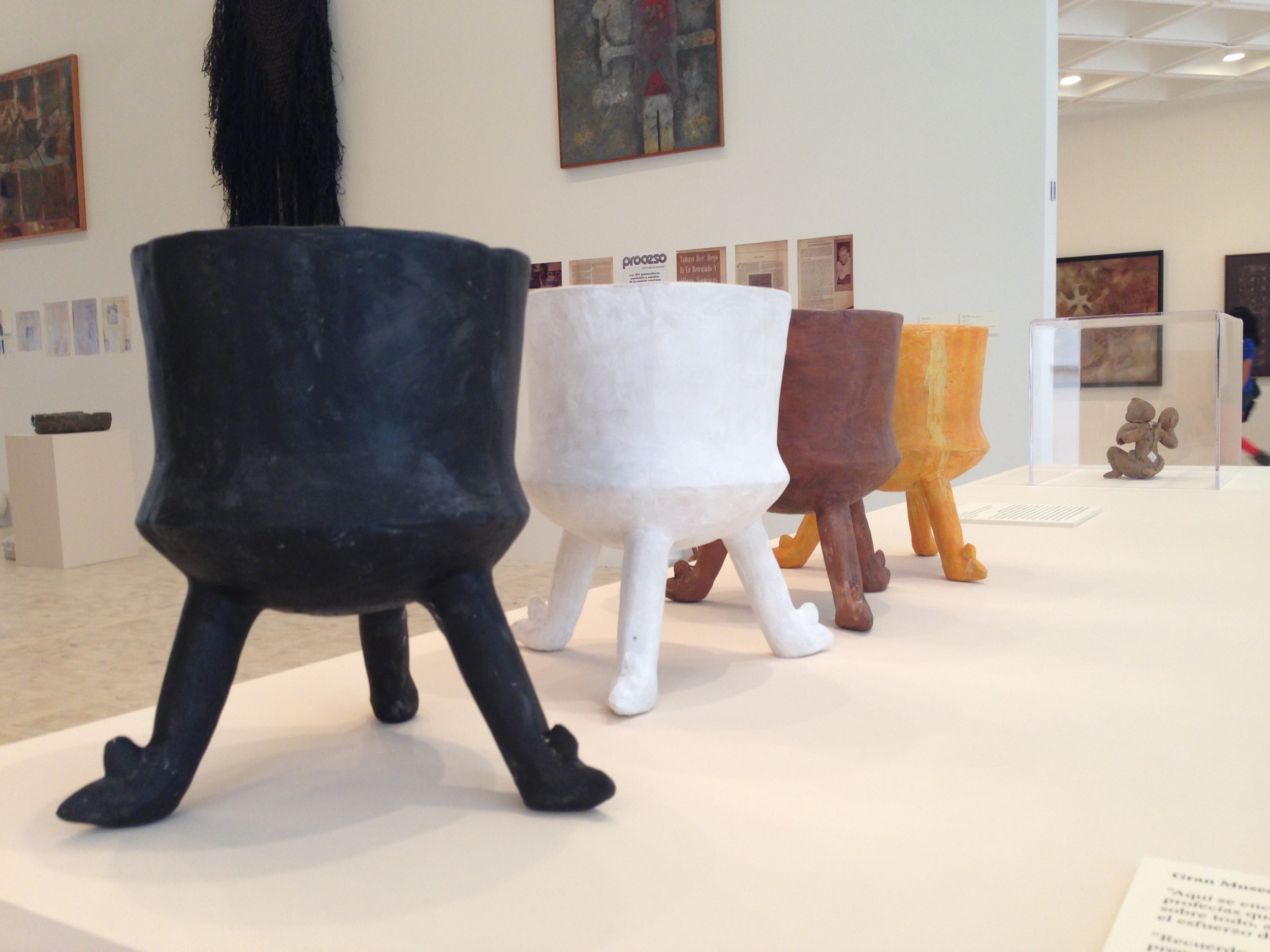

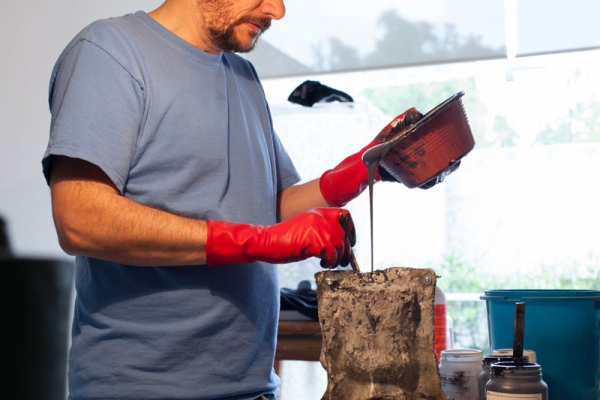
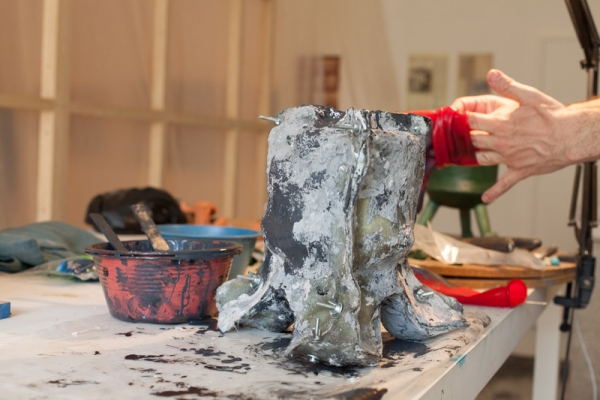
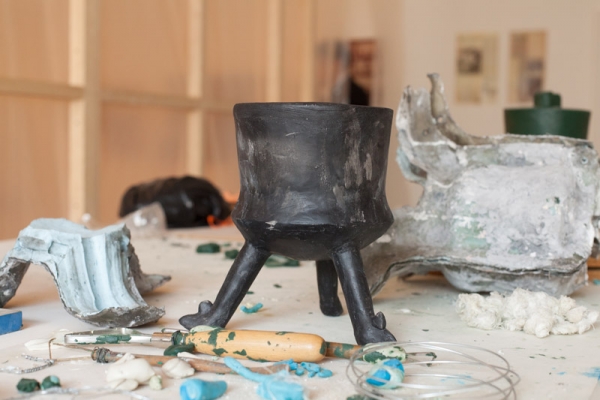

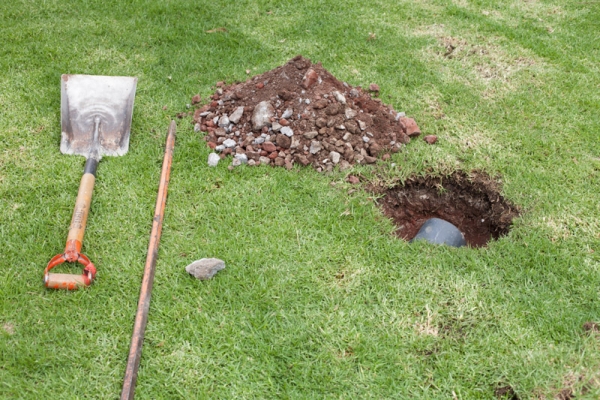
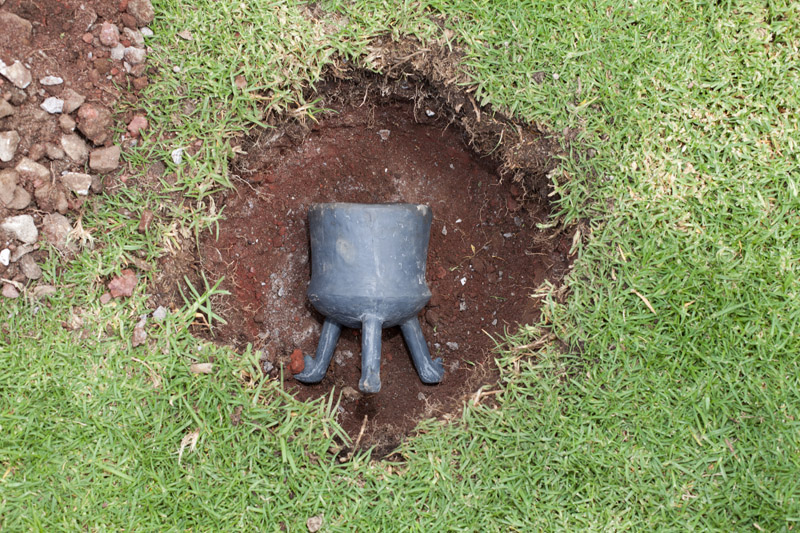
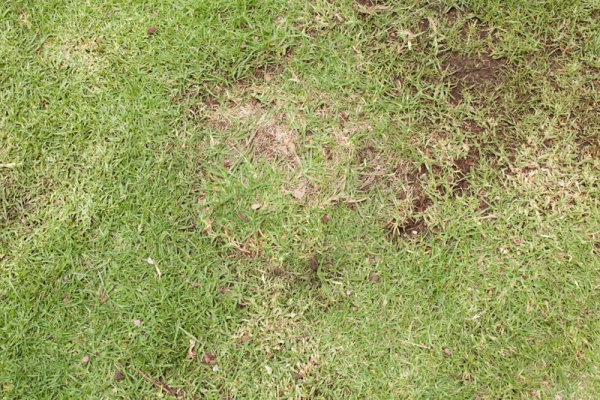
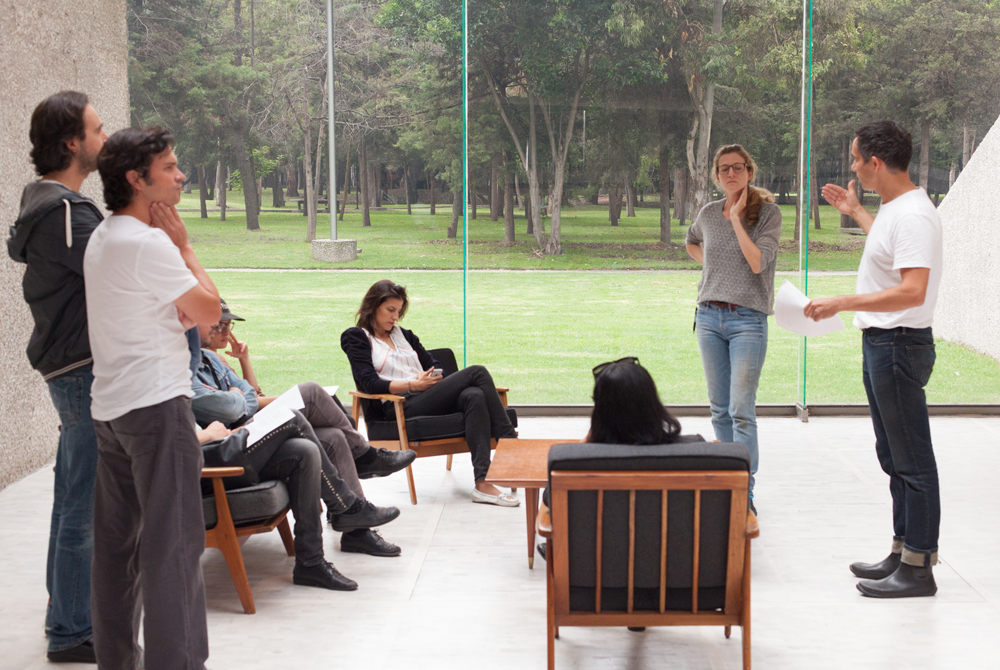
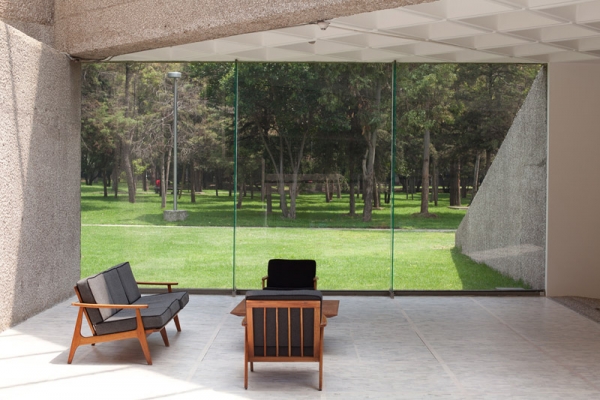
Our action was designed to complicate the “interior and external realities” that shape the museum. We pick up Abaroa’s project, which problematizes the museological framing of pre-Hispanic artifacts, and pushes it beyond the museum walls. Now in the ground, the epoxy vessel will not biodegrade but stabilize as an orphaned artifact, becoming one among many subterranean objects that outlive the hegemony of the museum, the broader culture of preservation, the Mexican state, and possibly human finitude. The burial was performed with minimal documentation with the goal of promoting forgetting: an allusion to accounts of 16th century Aztecs who systematically buried objects of value in the wake of the colonial Spanish conquest. The epoxy vessel was buried to the north of the museum – the cardinal direction ascribed to Mictlantecuhtli, the Aztec god of death and lord of the lowest part of the underworld.
If the bowl is unearthed, it will most certainly produce a temporal confusion coextensive with the discourse over the end of history that is central to Boris Groys’s argument in On The New. For Groys, the new becomes reinscribed in the spatial framework of a museum collection. By locating Abaroa’s artifact outside the museum, the object is liberated from our historical moment and therefore free to be misrecognized as an antiquity, a banality, or both.